Green Fees Are Soaring... But Is The Bubble About To Burst?
On the back of Covid's boost to the demand for golf, the cost of playing has soared to unprecedented levels. Rob Smith questions whether this is sustainable…


When I first played the Old Course at St Andrews, the green fee was £11. And when I first played Royal Dornoch, it was £10. This may say more about my advanced age than anything else, but what I do remember clearly is that at the time – and we are talking 45 years ago – although it was still a significant sum, it was definitely NOT expensive.
This year, we have said hello to the £1,000 green fee - Turnberry in the summer for non-residents. This is a mind-blowing sum, even if it is to play the Ailsa Course at Turnberry, one of the very best golf courses in the world. Or is it?
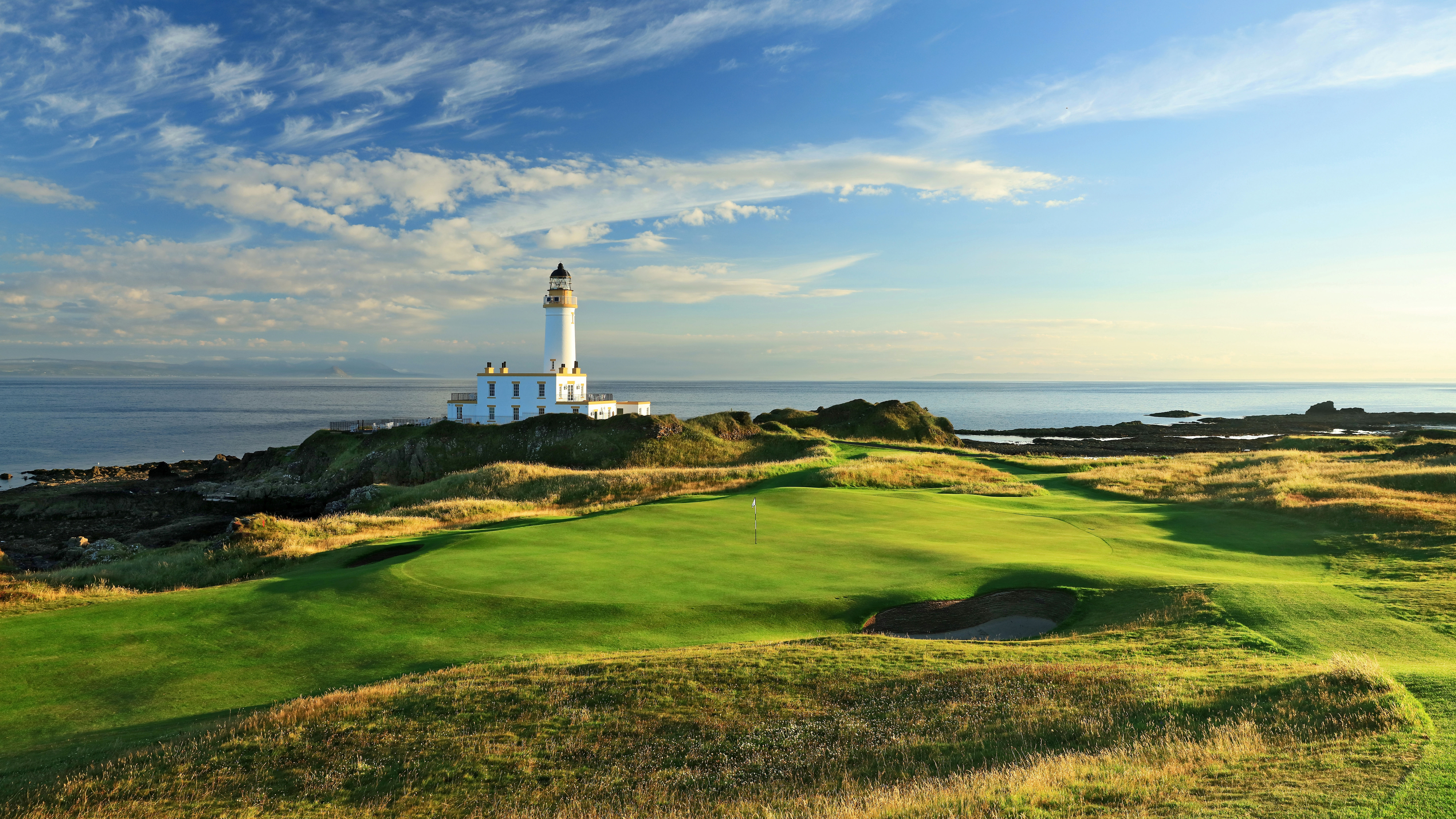
The ninth hole at Turnberry with the iconic lighthouse beyond
The Post-Covid Boom
As I approach playing my 1,000th course in the UK & Ireland, I have been looking at the recent boom in the cost of playing and trying to work out whether it makes any sense at all.
While golf has in general made great progress in breaking down its traditional image of being elitist, classist, stuffy and old, increasing green fees are proving a real barrier to entry for many.
My colleague Nick Bonfield has written two very interesting pieces on green fees - ‘I’m Considering Giving Up Golf Because Green Fees Are Too High’ and ‘Some Golf Club Green Fees Are Astronomically High’ and they contain a great deal of relevant information. Rather than repeat his findings, I would recommend you read these for yourself as I attempt to work out where we are now.
2025 Versus 2005
To help see the changes, I looked through my 2005 R&A Golfer’s Handbook, which lists many of the green fees then, in order to compare with what those clubs’ websites are telling me now. I selected, pretty much at random, one Top 100 club and one Next 100 club from each of the home nations. Here is how the peak season, weekday headline rates compare.
To give it perspective, I looked at the Bank of England inflation calculator that tells me £10 in August 2005 would have been £17.84 in August this year - an increase of 78.4%.
Subscribe to the Golf Monthly newsletter to stay up to date with all the latest tour news, equipment news, reviews, head-to-heads and buyer’s guides from our team of experienced experts.
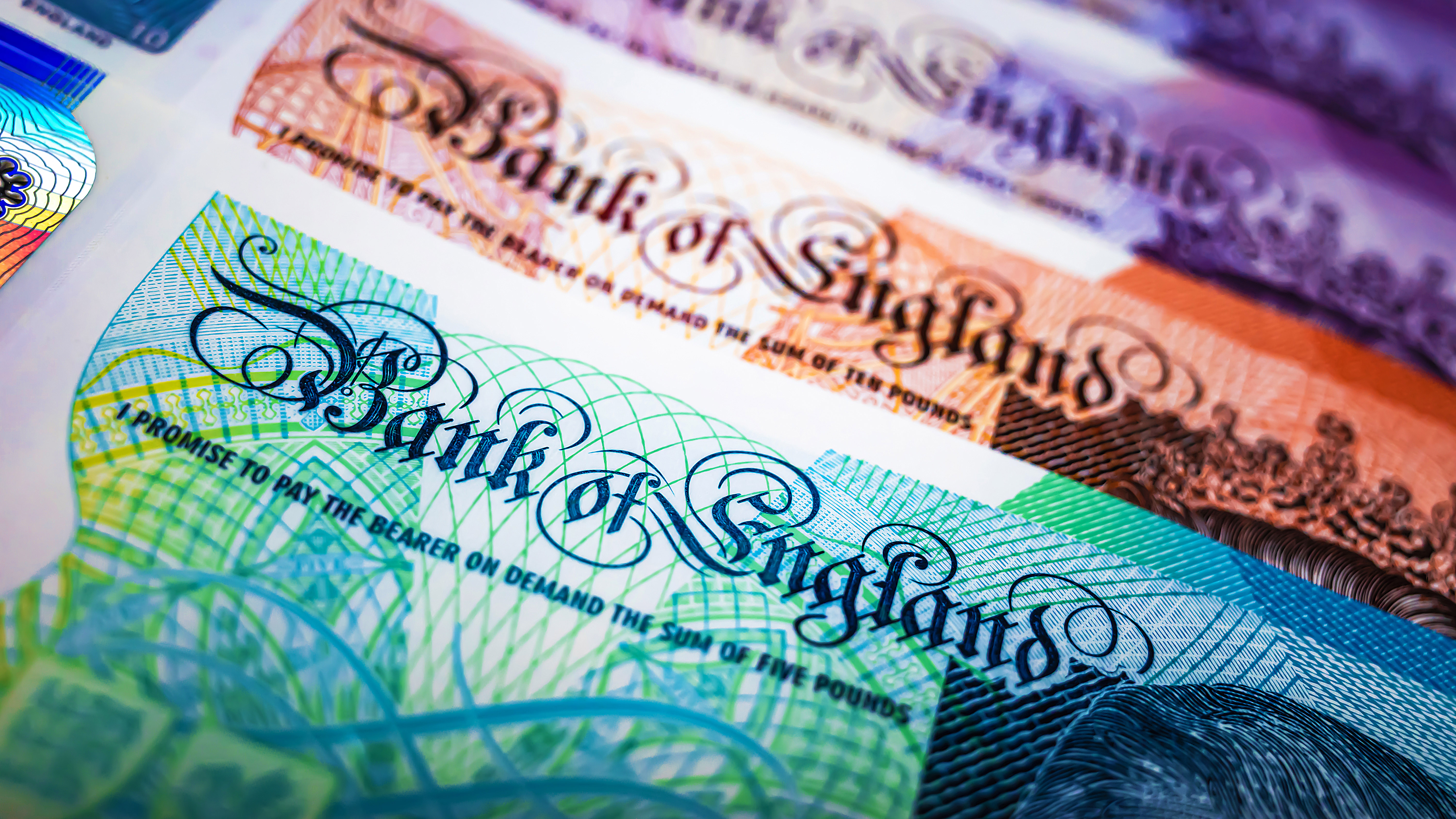
The Bank of England produces a history of inflation
| Row 0 - Cell 0 | Club | 2005 | 2025 | Increase |
England | Silloth-on-Solway | £33 | £110 | 333% |
| Row 2 - Cell 0 | West Surrey | £30 | £135 | 450% |
Ireland/NI | Old Head | €250 | €495 | 98% |
| Row 4 - Cell 0 | Ardglass | £28 | £220 | 785% |
Scotland | Royal Dornoch | £69 | £320 | 463% |
| Row 6 - Cell 0 | Dunbar | £40 | £150 | 375% |
Wales | Royal St David's | £42 | £140 | 333% |
| Row 8 - Cell 0 | Conwy | £34 | £135 | 397% |
So if the general cost of living increase over the 20 years is just under 80%, then Old Head, which had only been open for eight years and was aimed at a premium market from the start, is the only one anywhere near as low as that figure.
This means that for the most part, golf that was already priced at the upper end due to the quality of the courses in our table, has rocketed way above inflation.
Valid Reasons For Increase
In defence of the clubs are perhaps three key factors. One is that at many courses, massive changes and improvements have been made. These cost very significant sums.
Two is that the conditioning and presentation of our golf courses has never been better. Playing surfaces are generally tip-top and the whole experience both on and off the course continues to improve.
All of this - the skills of our brilliant greenkeepers, the specialist equipment and the innovative chemicals and materials used - naturally comes at a cost.
Thirdly, it is probable that some of these green fees, at a time when golf was not enjoying its current prosperity, were simply too low. Either way, there have been some huge increases - as there have been to subscription costs - but we live in a world of supply and demand so it’s hard to say they are definitely wrong.
As a long-standing club member, I am grateful that my already hefty annual subscription is at least offset in part by those paying a green fee.
There are two other important factors to take into account with regard to a club’s green fee policy. Neither has an official name, so I will make one up!
The “Get What You Pay For Mindset”
I am lucky enough to spend a great deal of time playing courses all over the UK&I, and further afield, and the following story has been related so many times that it has to be true. There is a perception among many travelling golfers that if the green fee is too low, the course cannot be worth playing.
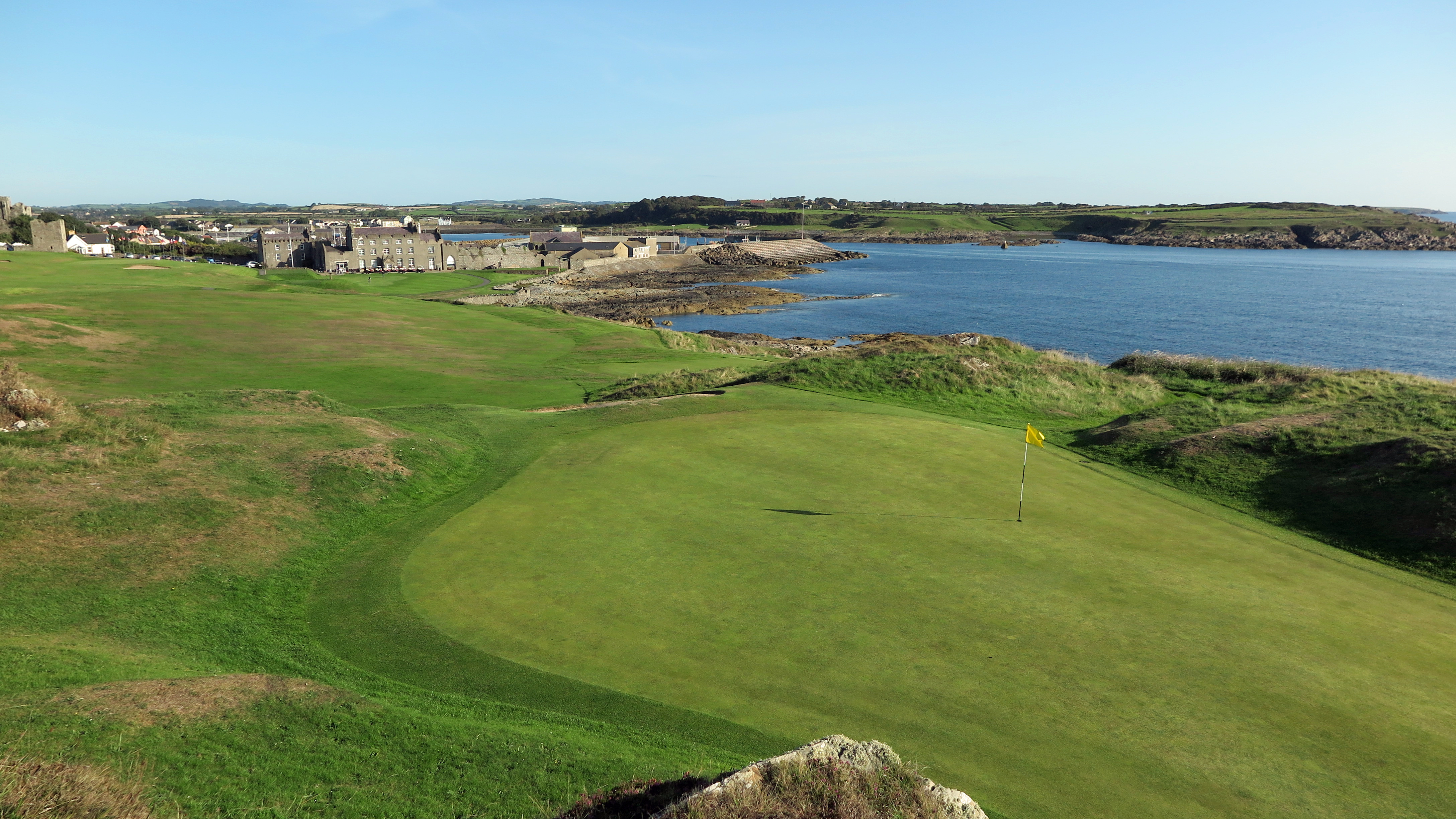
Looking back from the opening green at Ardglass, not far from Royal County Down
I have been hearing this for many years now, particularly in Ireland/Northern Ireland and Scotland, where a hefty increase in green fee has often led to significantly more traffic from the States and other long-distance golfers.
Many golfers genuinely seem to believe there is a direct correlation between green fee and quality of golf. When researching a trip, it is perfectly understandable that golfers will assume a £200 course is better than a £30 course. More often than not they are right, but not always!
The “Coat Tails Green Fee”
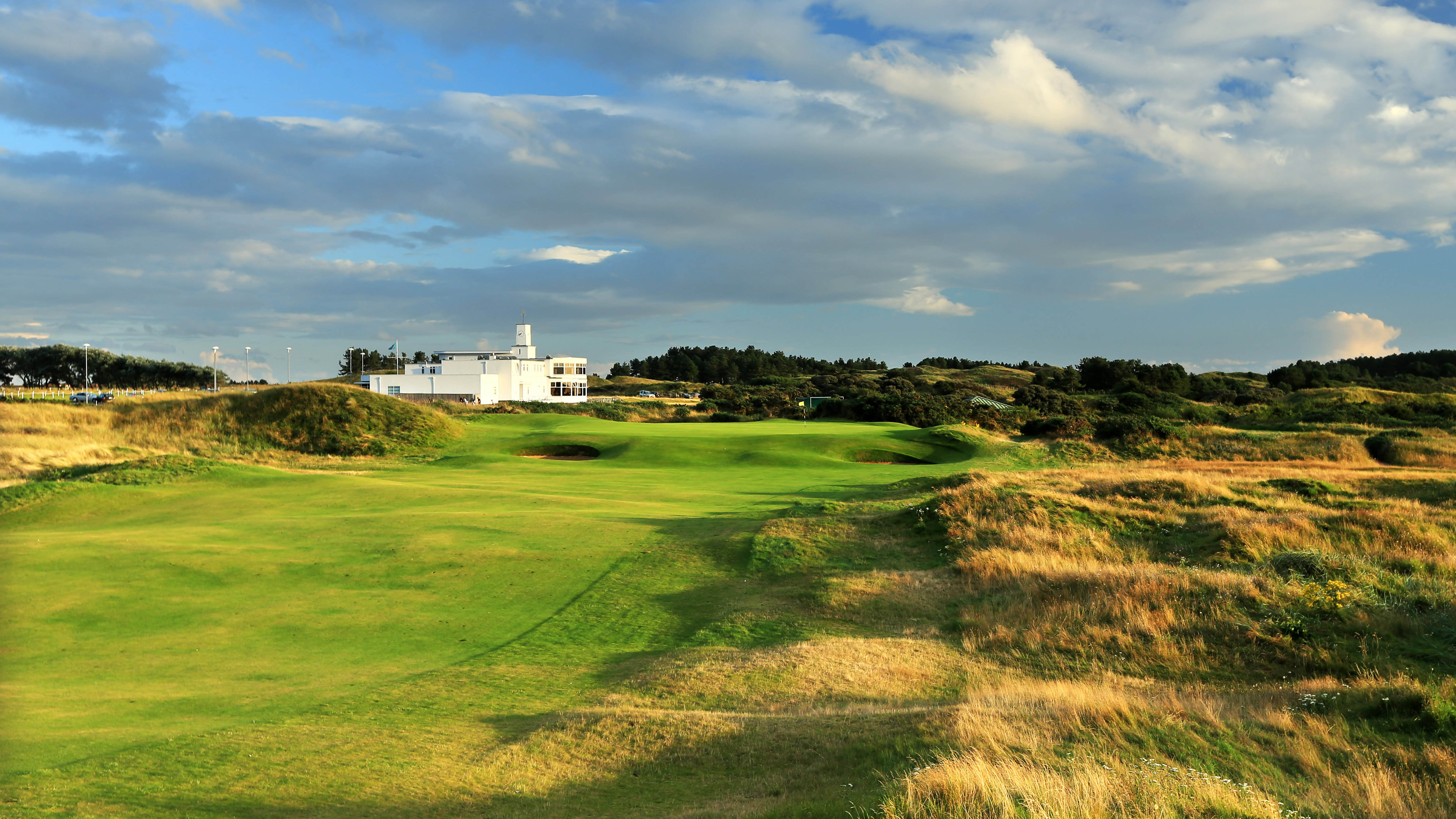
The ninth hole at Royal Birkdale, host of the 2026 Open Championship
In areas where green fees have rightly or wrongly reached astronomical levels, there is a tendency for other clubs in the vicinity to increase their green fee in relation.
This is often done to try and attract visitors on their day off from playing the trophy courses, but can also attract golfers who simply cannot afford to play the premier league courses but who still want to treat themselves to something a more special.
One example would be England’s Golf Coast in the north-west where three Open Championship venues, including next year’s host Royal Birkdale and Royal Liverpool, command huge green fees. The knock on effect to lovely but less well-known clubs such as Caldy (£130) and Heswall (£120) is profound.
Either way, just as the many green fee discount schemes that were introduced in the 80s and 90s had a widespread effect of lowering the cost of golf and taking money away from clubs, increases at the higher end have a tendency to raise the green fees in the jet-stream below them.
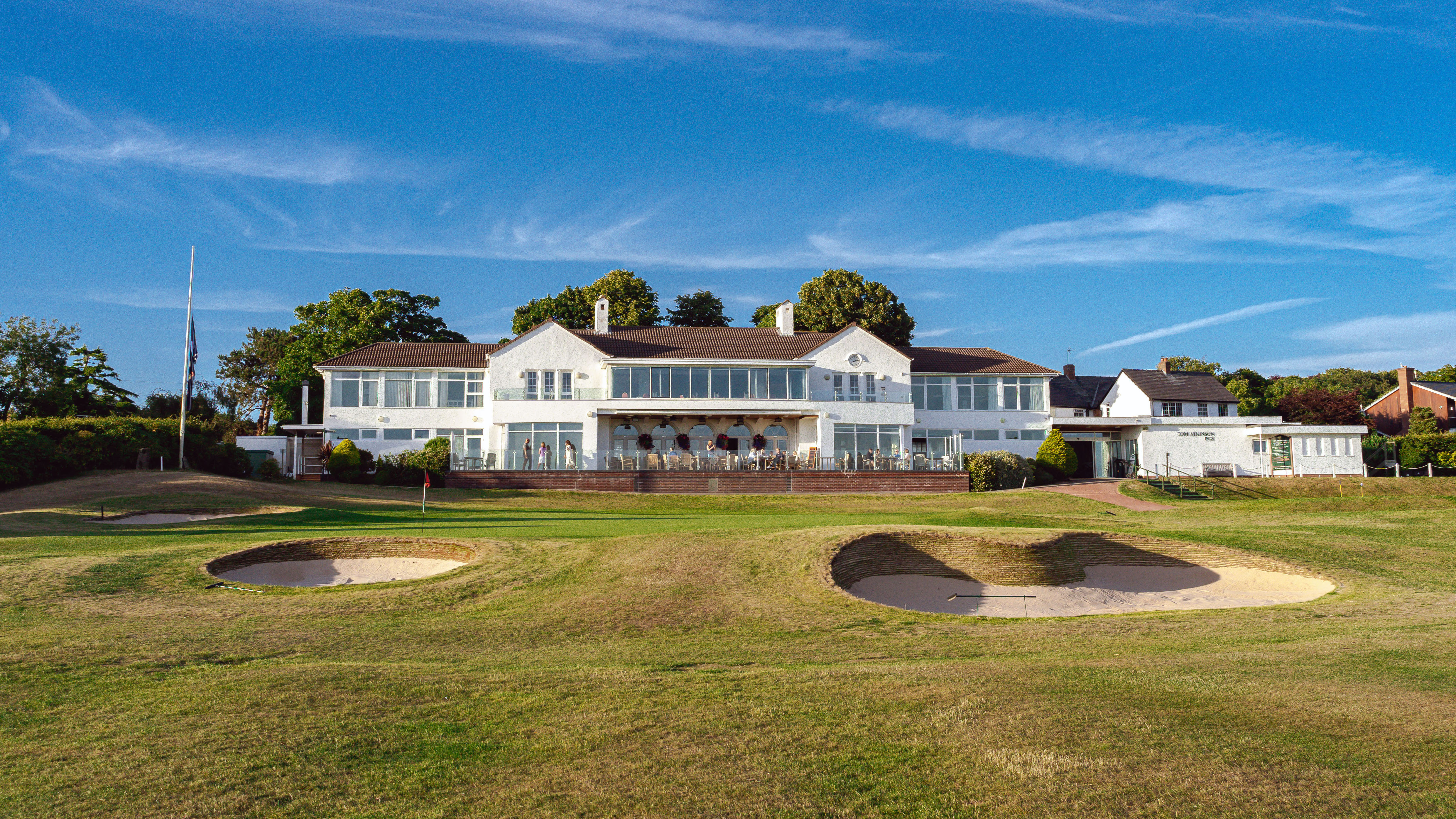
The final green and clubhouse at Heswall, just along the Wirral from Royal Liverpool
Speaking to golf club managers on my travels this year, there was a feeling that the post-Covid boom that has introduced the waiting-list at many clubs and saved others from extinction has peaked.
Home- and flexible-working isn’t quite so prevalent as it was, so it will be interesting to see how golf manages any change in demand. Ultimately, it is down to simple economics.
While some members’ clubs may be stockpiling in order to shore up against any future golfing recession, it seems as though most are continuing to spend any excess income on their courses, clubhouses and other facilities.
What Do You Think?
Aside from the costs, then as golfers, we have never had it so good. I personally doubt whether green fees will continue to rise above inflation, but then that is probably what I would have said two years ago!
Please let us know about your experiences in the Conversation section below - this is a really hot topic, made all the more interesting - and confusing - by the introduction and ever-increasing use of dynamic pricing which makes understanding prices tricky, as well as planning future trips and days out very problematic!
Oh, and while writing this article in October, I went to the Turnberry website and found I could book an afternoon 2-ball later in the week at £315 a head, so it is still possible to find the odd “bargain”!
I realise that I haven't actually answered the question about whether or not the green fee bubble is about to burst, and that's because it really is very unpredictable. However, let's just go out on a limb and say that the bubble may soon begin leaking just a little.

Rob has been playing golf for over 45 years and been a contributing editor for Golf Monthly since 2012. He specialises in course reviews and travel, and has played over 1,250 courses in almost 50 countries. In 2021, he played all 21 courses in East Lothian in 13 days. Last year, his tally was 78, exactly half of them for the first time. One of Rob's primary roles is helping to prepare the Top 100 Courses of the UK&I, of which he has played all, as well as the Next 100 where he is missing two in Scotland and two in Ireland. He has been a member of Tandridge for over 30 years where his handicap hovers around 15. You can contact him at r.smith896@btinternet.com.
You must confirm your public display name before commenting
Please logout and then login again, you will then be prompted to enter your display name.